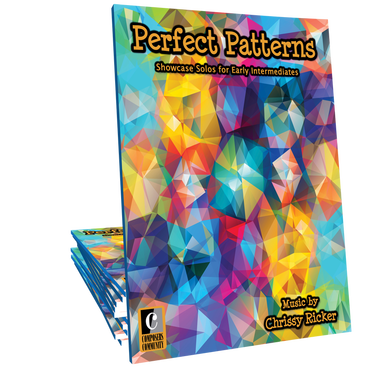
Sale alert! My "Perfect Patterns" book is on sale this weekend only for $9 with free shipping!
If you are looking for pattern-based pieces that can be learned quickly and will capture your students' attention, this book is for you. This collection has five 5-star reviews! One reviewer, Melinda, writes:
"Perfect Patterns is filled with upbeat, interesting, contemporary sounding pieces that both young and old will enjoy and will definitely grab the attention of your picky students! Excellent collection!" --Melinda
Click HERE to see and hear the music from "Perfect Patterns!"

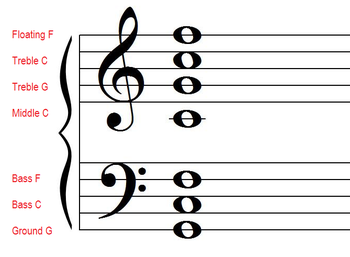
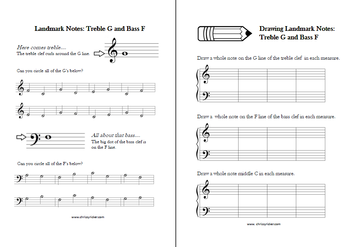
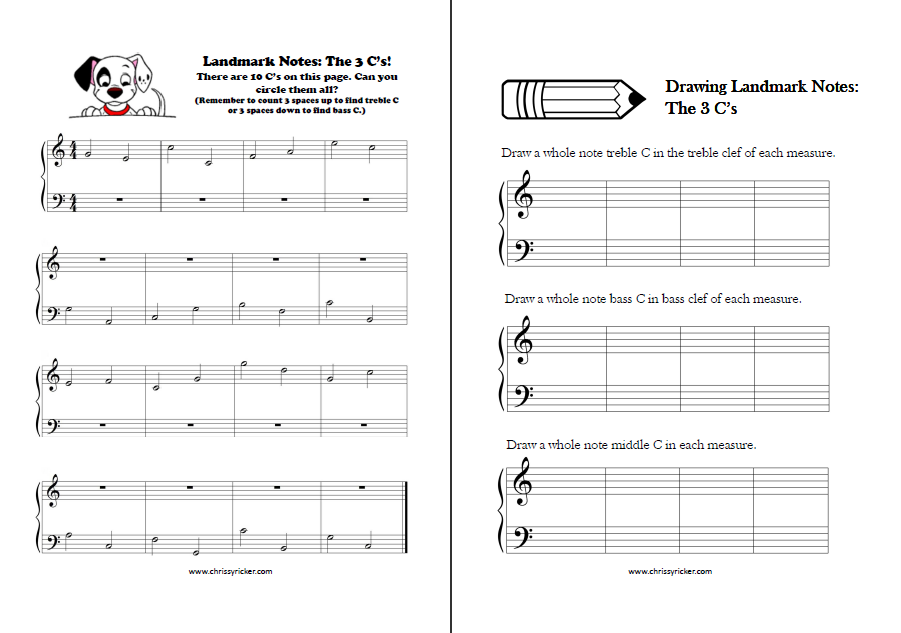
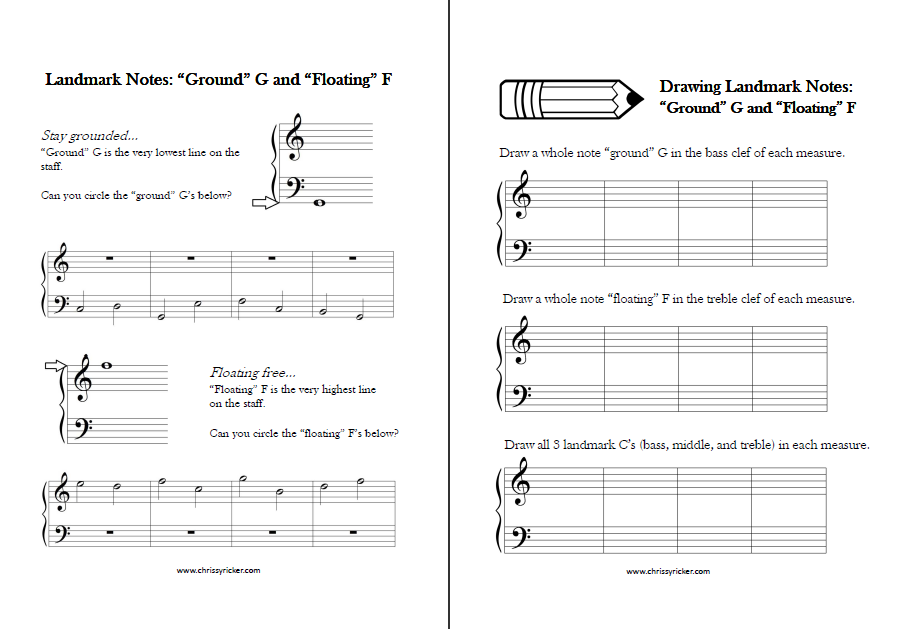
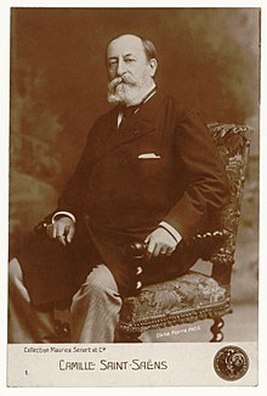
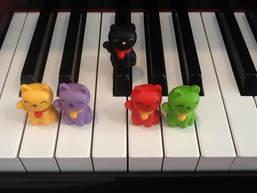
 RSS Feed
RSS Feed